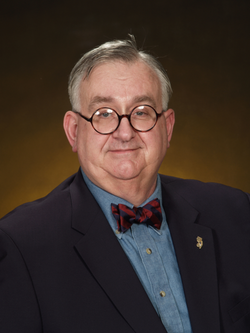My friends, I think that you and I are living in the midst of a really crazy world. My associates and I here at Respondersafety.com have devoted a great deal of our time and talents towards providing you all with the means for making your emergency responders a bit safer on the highways and by-ways of North America. After laboring in the vineyards if highway safety for more than five years, I am beginning to feel as though I am in the proverbial role of preaching a sermon on safety to the choir of those who know and care about making things safer for their people. Then again sometimes it feels as though I am rolling a peanut upon a tall mountain with my nose. It just seems like we are not making as much progress as we should. This is a tough task for Respondersafety.com.
Over the past several weeks, we here at Respondersafety.com have seen an increase in the number of really screwy things that are happening out on the roads of our nation. A number of drivers have actually taken it upon themselves to seek out police officers in order to strike them with their cars.
More than that, there seems to be a spike in the number of disturbed drivers being shot by the police as they went on a rampage designed to strike the police who were merely seeking to do their jobs. When you add to this the number of impaired drivers who strike someone on the highways, you have the potential for a continual upward spiral in the number of police, fire, and EMS people who are victims of "struck-by" incidents.
As a group we need to move outside of our own world to reach those people who are actually hitting us. Steve Austin and I were in Orlando, Florida not too long ago. We were there to assist the National Fallen Firefighters Foundation (NFFF) in conducting their mini-summit in the area of highway safety.
Steve and I had a really neat group of about eight people who were interested in the topic of incident scene safety. It was an interactive group that gave as much, or more, in terms of sharing their thoughts on this critical issue. Our areas of discussion revolved around:
- Incident management
- Traffic control procedures
- Fire police issues
- Public education
Our group worked to discuss what do we need to learn, change, or develop to address the issues outlined above. We decided that we need to increase our emphasis on the education and training of anyone and everyone who operates on any sort of roadway. We discussed the need to address the codes, standards, and regulations that impact upon this area.
We discussed the need to review the policies and procedures used by agencies all across board. We also spoke of the dearth of research into things like lighting, apparatus striping, as well as other forms of new technology or technology transfer that can be brought into the world of highway safety.
One of the primary thoughts expressed by the group involved the need to create the best possible advanced warning setups for use during our on-scene operations. A thought emerged from the group that the general public just did not know the real reason for the warning lights we all use on our apparatus.
Our group agreed that warning lights were designed to warn the public of our apparatus on the response. After we agreed that the function of warning light is to warn we discovered that one of the major problems (if not the major problem) was that there was no generally agreed-upon desired action that we wished our light to engender in the public.
Perhaps the primary finding of our group was that there is a need for someone to come up with the funding for a major public education effort. Another finding involved the need to inject some additional verbiage into the driver's manuals and driver's qualification tests across our nation. Perhaps if we could set the record right for our newest drivers at the start of their driving careers, progress could be made for future success.


